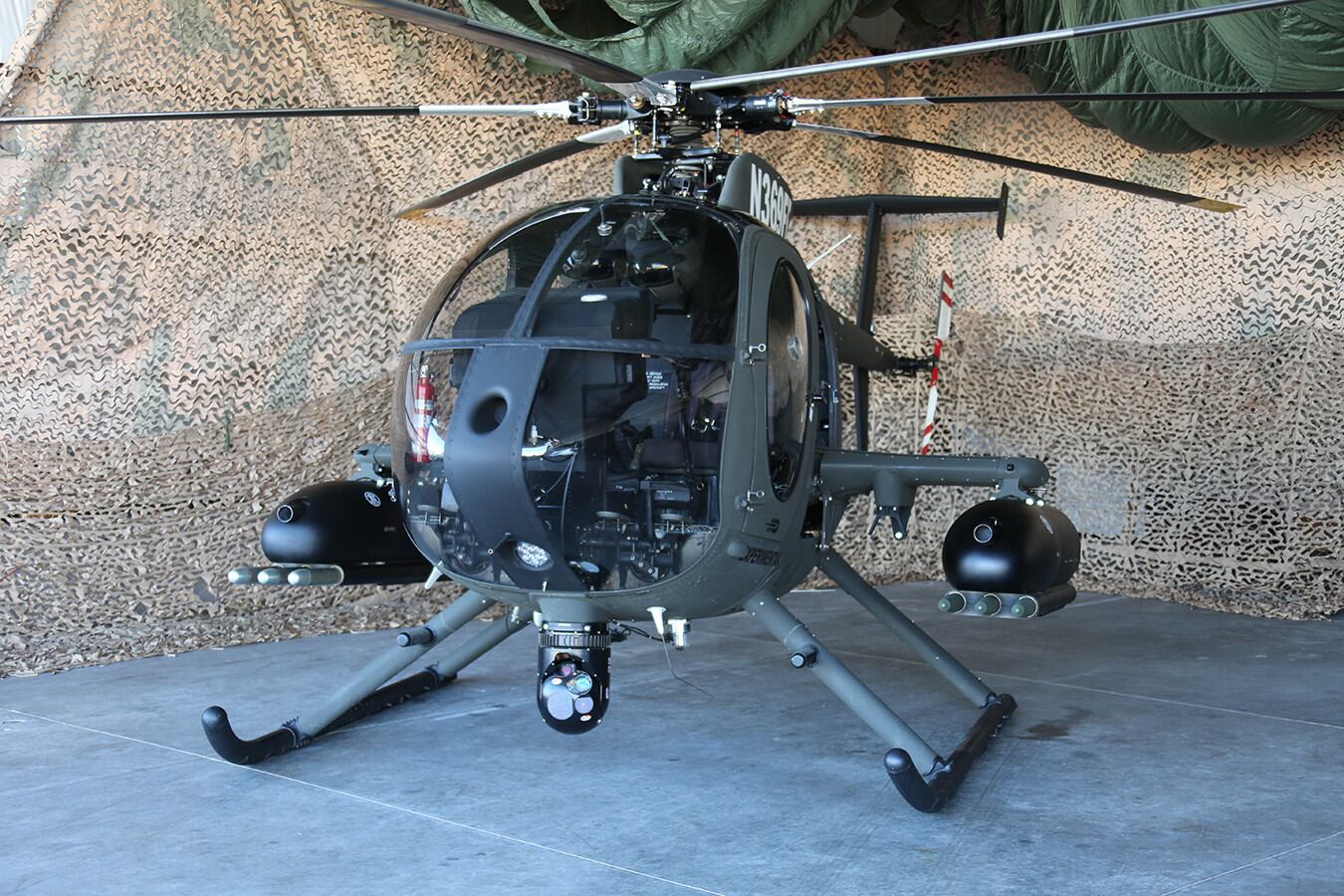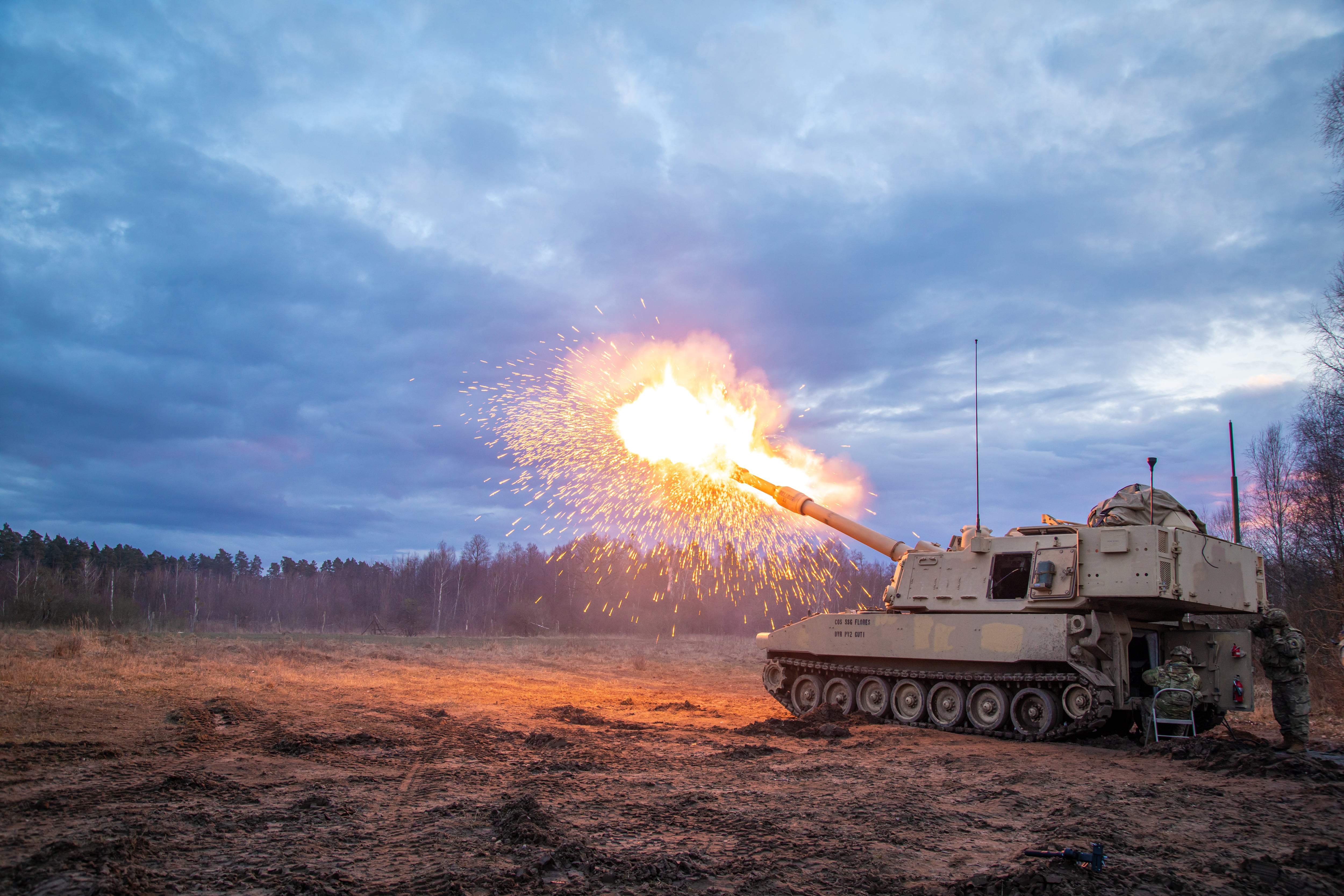


The future of the Army in space
Our adversaries contest us in space. U.S. Army Space and Missile Defense Command is prepared.

AUSA
Army embraces digital engineering for Bradley replacement
Following in the footsteps of the Air Force and Space Force, the Army is beginning to adopt digital engineering for some of its most important platforms.

"AI offers the ability to reduce the cognitive burden on soldiers"
Leidos Chief Technology Officer Dr. Tim Barton says "AI offers the ability to reduce the cognitive burden on soldiers" as the Army looks to build capabilities.
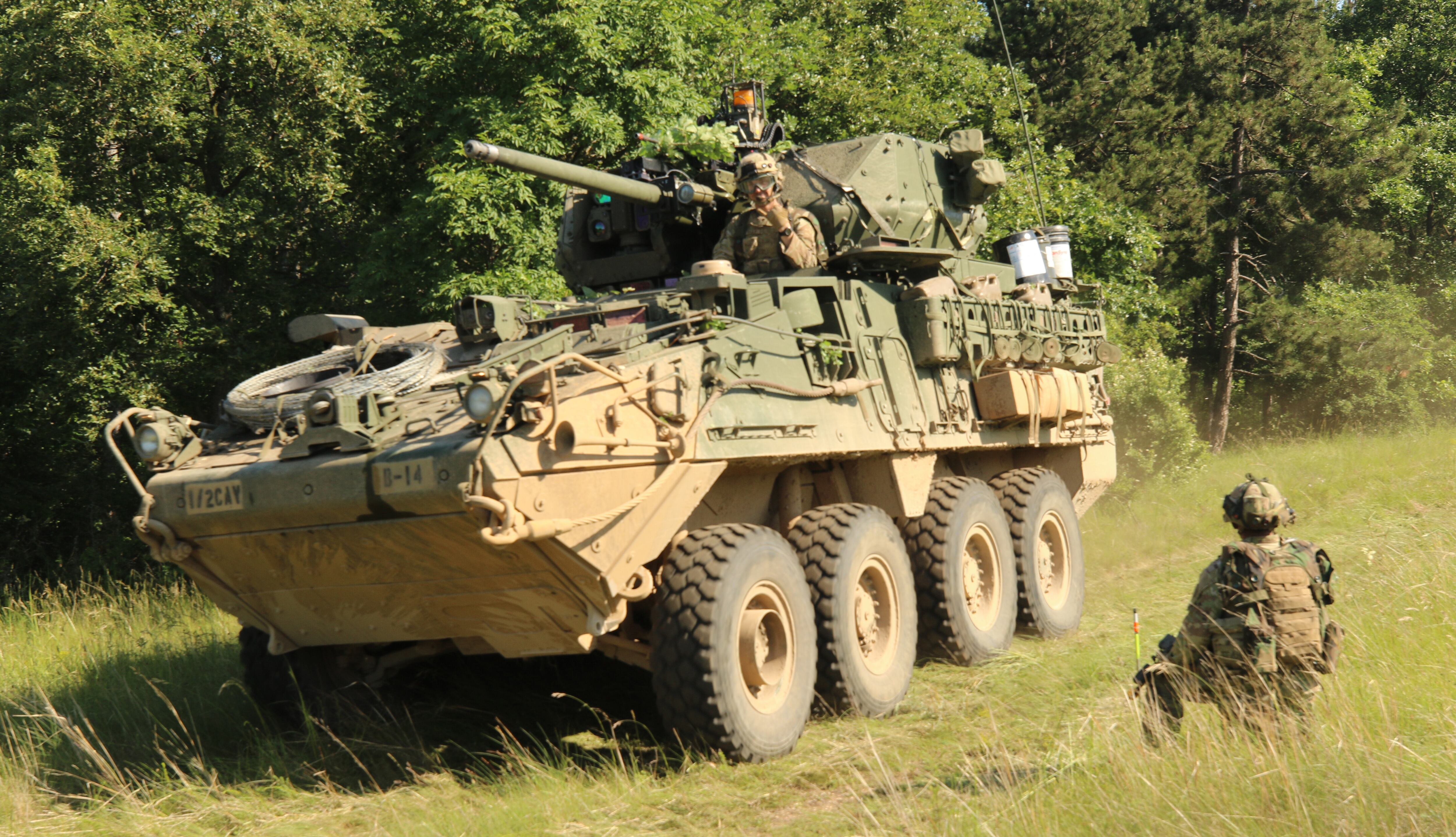
Navigation systems that counter jamming and spoofing for Army vehicles, plus some goodies for the dismounted soldier
The mounted and dismounted systems hold promise for soldiers in a jamming and spoofing environment that could hamstring their navigation.

MFEW's big role within the Army
The Army's first jamming pod, known as Multi-Functional Electronic Warfare Air Large, showed promise at a recent exercise, officials said.
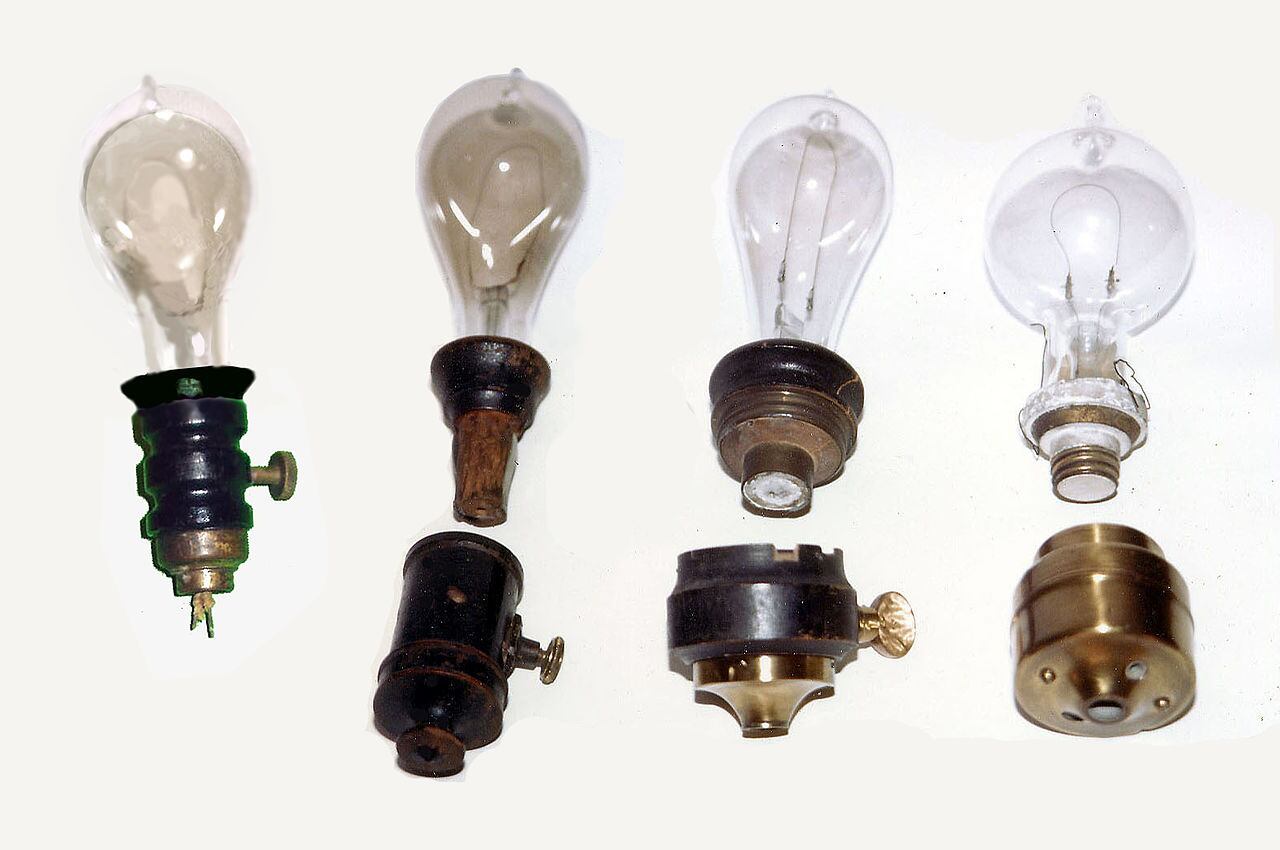
Can the SOSA consortium create rules of the road for Electronic Warfare tools?
To avoid the dreaded "vendor lock," industry and end users plan to work together to create tools for plug-and-play sensor and emitter interoperability.

BAE wins open source intelligence contract from the Army
The national security community is increasingly approaching open source intelligence as a separate and unique data type that needs attention.
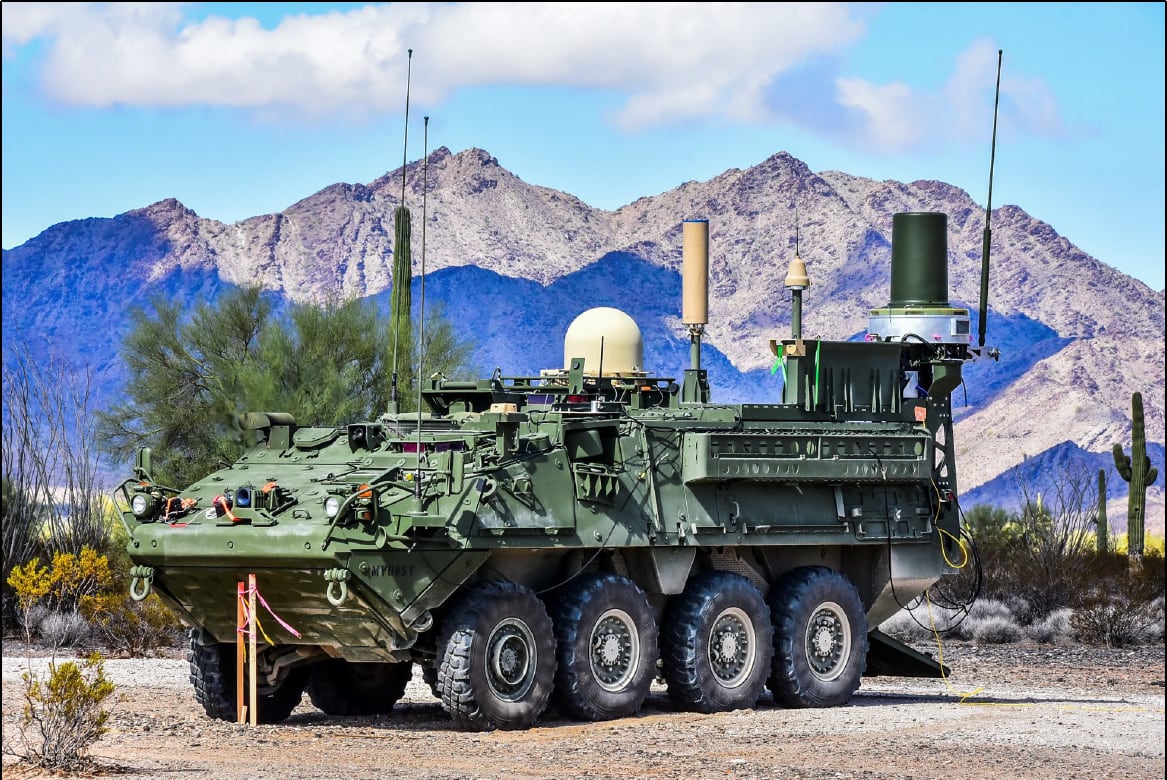
What's next for Army's jammer?
Army officials hope to have companies selected by April to continue evolving the Terrestrial Layer System.

How one company is using mapping data to replace GPS on the fly
Leidos' ADEPT system uses overhead imagery to provide position, navigation and timing information in areas where GPS is blocked.
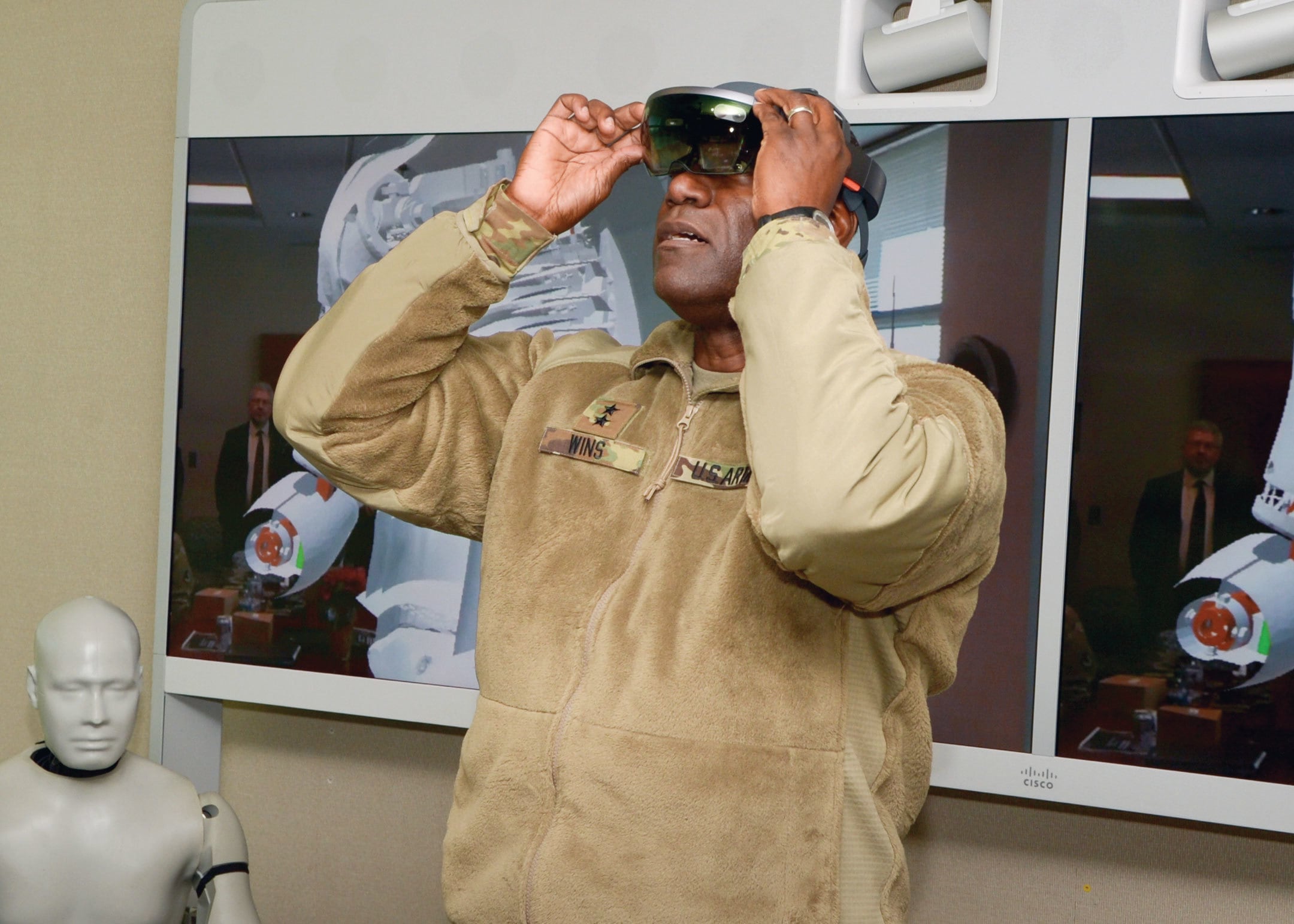
Can the Army Perfect Real Time Strategy with AI?
At AUSA 2019, Army leaders discussed how to build and then employ AI for everything from supply chains to fields of fire.

Why Mercury is investing $15M in microelectronics production
The investment in their Phoenix facility will allow them to build the trusted microelectronics the Department of Defense needs.
